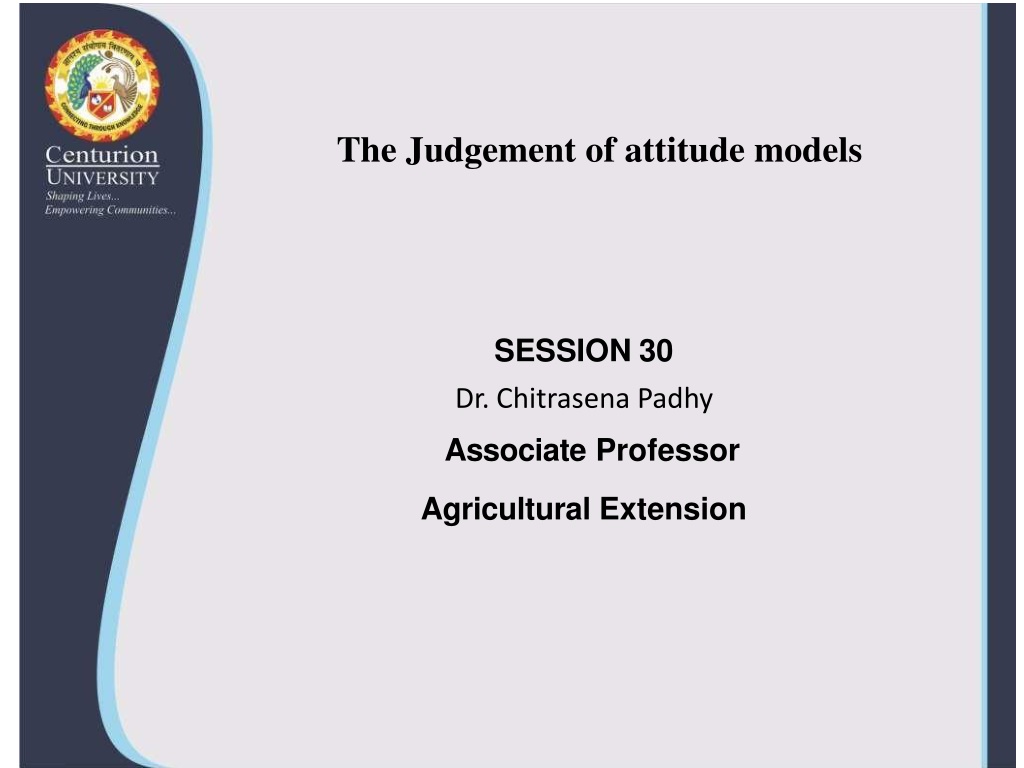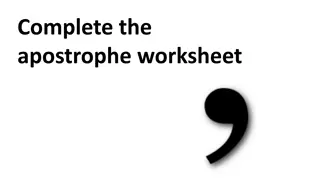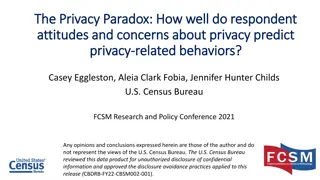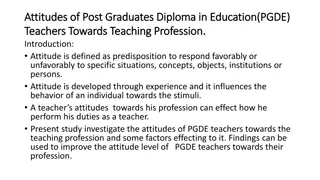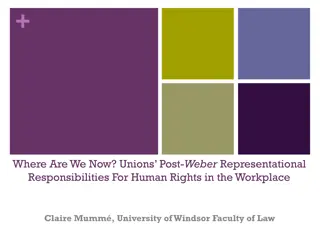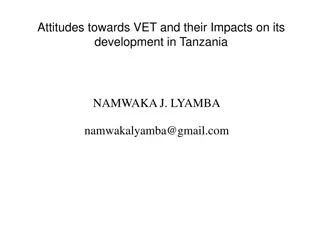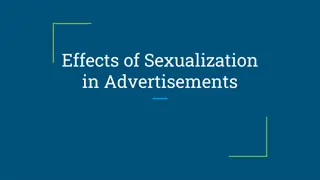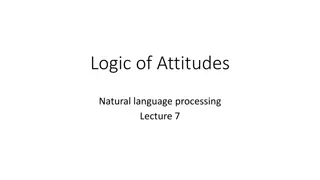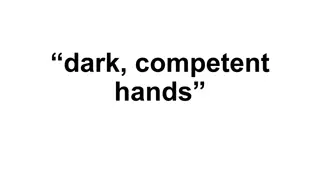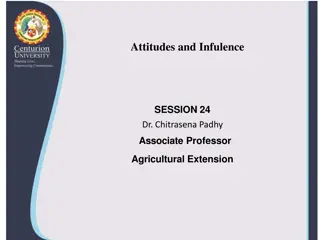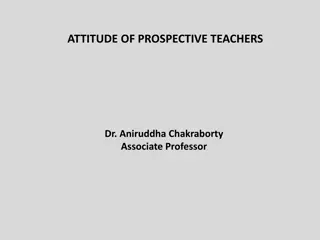Understanding Contemporary Representational Models of Attitudes
Fazio's representational model posits that attitudes are stored as summary evaluations associated with objects, influencing accessibility and behavior. Existing attitudes impact the assimilation of new information, though specific processes remain unelaborated.
Uploaded on Oct 10, 2024 | 0 Views
Download Presentation

Please find below an Image/Link to download the presentation.
The content on the website is provided AS IS for your information and personal use only. It may not be sold, licensed, or shared on other websites without obtaining consent from the author. Download presentation by click this link. If you encounter any issues during the download, it is possible that the publisher has removed the file from their server.
E N D
Presentation Transcript
The Judgement of attitude models SESSION 30 Dr. Chitrasena Padhy Associate Professor Agricultural Extension
Fazio (1986, 1990,1995; Fazio &Towles-Schwen, 1999) offers what is arguably the most prominent contemporary representational model of attitudes. According to him, attitudes are represented in memory as summary evaluations as- , sociated with the attitude object. Although the object-evaluation associations are presumed to be part of much broader networks that may include other information about the object, the model concentrates on the strength of the association between an evaluation and an attitude object.
Attitudes are thought to fall on a continuum defined, at one end, by representations of attitude objects that are not associated with a summary evaluation (i.e., nonattitudes; see Converse, 1964, 1974) and, at the other end, by representations of attitude objects that are strongly associated with a summary evaluation. According to the model, attitude accessibility is determined by the strength of the association between an attitude object and its evaluation.
When the ohject-evaluation link is strong, the attitude is highly accessible and exposure to the attitude object will activate the evaluation. The process is thought to be automatic and important to the attitude-behavior relationship because activated evaluations can guide thought and behavior in the presence of the attitude object (Fazio, Powell, &Herr, 1983; for a review, see Ajzen & Fishbein, in press). For example, highly accessible attitudes exert strong influences on behavior (Fazio, 1990) and can bias perceptions of attitude objects (Fazio et al., 2000).
To this extent, information about an object is likely to have a different impact when people possess a prior attitude and when they do not. Perhaps ironically, even though Fazio's model recognizes that existing attitudes often influence the impact of novel information, it does not attempt to describe specific processes that allow these representations to be incorporated with other information at the time of evaluative judgment, or how representations change in the face of compelling contradictory information. Other models, however, have attempted to explicate these processes.
Constructionist Models In stark contrast to traditional representational models of attitudes, constructionist models emphasize the contribution of online evaluations derived on the basis of whatever information happens to be accessible at the time. The strong form of this argument implies that evaluative judgment is exclusively guided by information present in the external context rather than on elements that are represented in memory (Schwarz & Bohner, 2001).
For example, individuals may use the affective reactions (e.g., Schwarz & Clore, 1983) or the physiological arousal (e.g., Valins, 1966; Wells &Petty, 1980) they momentarily experience to determine their evaluations of objects they encounter.
